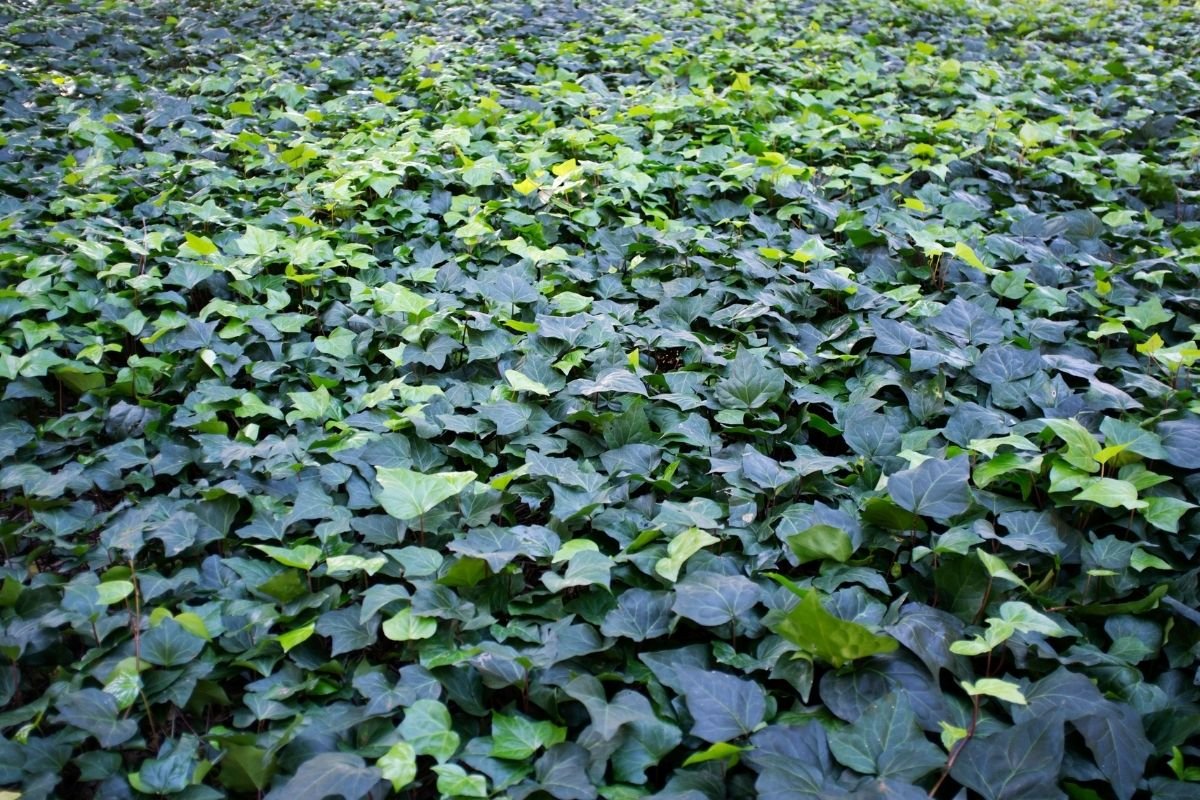A right of passage for many kiwi kids. Driving the lawn mower has always been a good bit of pocket money, and a step towards getting a licence for many. Mowing the lawns is engrained in NZ culture as we’re lucky enough to have so many properties with a decent patch of grass on it.
So when did the first lawn mower come about? It's hard to remember a time when we didn’t have lawn mowers. Before the lawn mower was invented, we must have done something to keep our homes from becoming jungles right?
A life before lawn mowers
In the beginning, people didn’t have ‘lawns’. Everything was either occupied by livestock that kept it short, or was a patch of dirt. Come the 1820’s, some decided they would enjoy a trim turfed lawn. So instead of having your cattle trample all over it, you would need to employ a scythe man to cut it. A specialised man who had the knack of cutting an even height of grass with only shearing blades or a Scythe.
Employing someone to cut your lawns with scissors was definitely not affordable. So only the elite had ‘lawns’. It was quite a status symbol to have a nicely kept yard.
The First Mower
The 1830’s trend of having trimmed lawns increased, and one smart engineer Edwin Beard Budding built the first (first patented) mechanical lawn mower. From Gloucestershire, England, Edwin first thought of the idea after seeing a mechanism in a cloth mill, a cylinder that cut the cloth smooth after weaving.
He teamed up with a local engineer and they built a machine based on the cloth mill concept. A push mower, very similar to manual ones still seen today, except this was made of heavy cast iron, complete with wheels, a rear roller and a rotating cylinder of blades at the front.
Budding’s patent said “country gentlemen may find in using my machine themselves an amusing, useful and healthy exercise."
The mowers took two people to use! One person to push, and one to pull. More than a healthy exercise by the sounds of it. However, the London Zoological gardens were the first to purchase these iron mowers for their large lawns.
Budding intended the machine to be for large estates and sports grounds, like the London Zoological gardens. But his invention did more than that, it made having a trim lawn available to more people. Lawns were slowly becoming more attainable for all classes, less of a symbol of status.
Sport Innovation
With the invention of the lawn mower, sports games were able to develop quickly. Some refer to this as the “Budding effect” as the invention created many flow on inventions and economic growth.
Lawn bowls - Well cut grass meant lawn bowls were now not only for the rich that could afford to employ a scythe man.
Football - Now easier to maintain a decent pitch, football took off. Budding was a football fan himself, some say it motivated him to create the lawn mower.
Cricket, lawn tennis, sporting ovals and countless other ground sports now take advantage of lawn mowing patterns.
Lawn Mowers, a History:
Over the years, many people replicated Edward Budding’s original design. From 1830 - 1850 Budding and his parter had a patent on the product. During this time they licensed other companies to produce it, but after it was terminated in 1850, it was free reign for all to invent.
1830
From this time until the 1850’s companies produced variations of Buddings original design, but only under a licence.
1840
Early models of horse drawn mowers were designed (which of course had previously taken two people to push as it is cast iron). This didn’t suit everyone as the horses would trample gardens with their hooves. As a result the horses had to wear leather booties to prevent impressions on the grass - which sounds like a challenge in itself to organise.
1859
Budding's patent on the lawn mower was terminated and Thomas Green created the Silens Messor. Meaning ‘silent operation’ which was an immediate success. Using chains to transmit power from rollers rather than gears, it was more quiet than those before it. You could also get add-ons such as a clipping box. This was one of the first commercially successful mowers, over a million were produced until World War Two when production stopped.
1870
Elwood McGuire designed a push mower that was much lighter with less moving parts, more functional for the everyday person.
1890
Steam powered lawnmowers were invented. This was quite a bulky machine with a water boiler, steam cylinders and a seat to ride up top. It took longer to heat the steam than to mow the lawns so gasoline powered mowers rose in popularity over steam.
1919
The United States manufactured a gasoline powered mower thanks to Colonel Edwin George. However, being created around The Great Depression, it didn’t take off straight away. It wasn’t until after World War Two that it rose in popularity.
1930
The electric powered mower, also rotary cutting blades were developed, but again were not mass produced due to a lack of demand at the time.
1960
Variations with lighter plastic were continually adjusted into what we see today.
We can see the evolution of mowers from scissors, to manpower, horses, steam, gasoline and plastic. But the original design has stuck to what we see today and many people still purchase mowers that have the same design from 100 years ago. So the real question is; where will we be in 100 years time?






























































